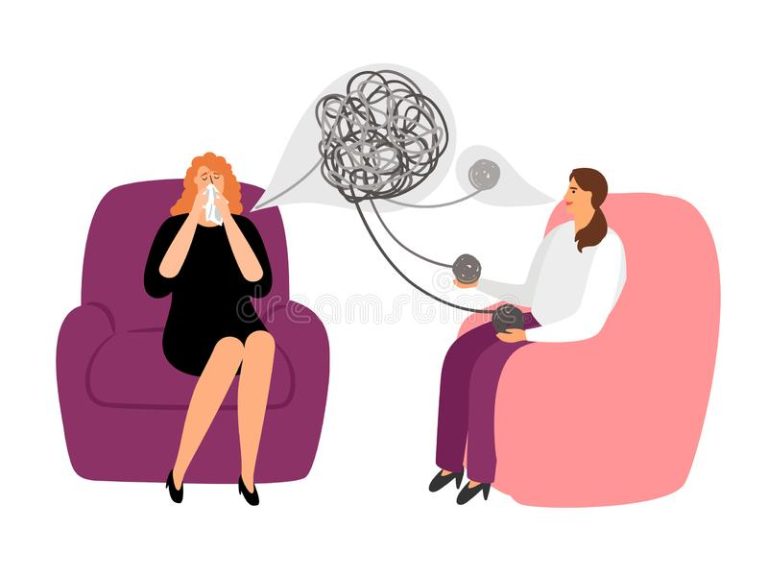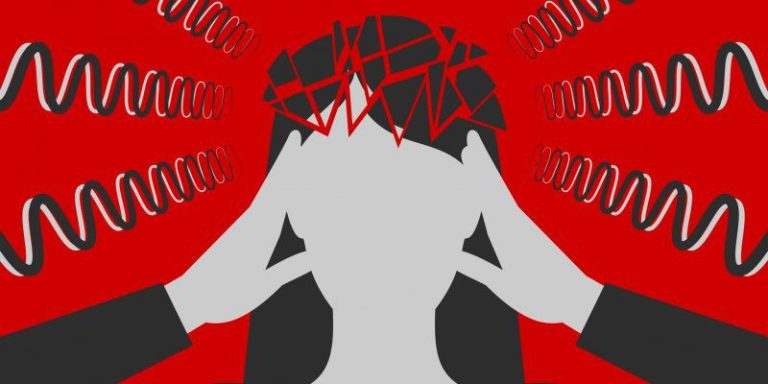What is Anxiety Disorder? |Part 1
Anxiety is a normal emotion which activates when being faced with a stressful situation and when the necessary support is absent. It is the brain’s way of alerting us, and the body’s automatic fight-or-flight response which is triggered when under threat, pressure, or a challenging situation. Anxiety comprises of both cognitive and physical elements, whereby one may experience feelings of worry and dread, alongside sensations such as agitation and a racing heart.
This may be unpleasant, however if occasional and in moderation, anxiety is natural and it can also be of benefit to us. It is what can help us to stay alert and focused, to prepare, to be motivated and to act when being faced with a challenge or a problem (Smith, Robinson & Segal, 2020). Thus, anxiety can help us to avoid danger and to make significant and meaningful changes in our lives.
Anxiety Disorder is slightly different. It is likely to be considered an anxiety disorder if one experiences consistent, pervasive and overwhelming anxiety, and if it disrupts one’s daily life and relationships (ibid.). According to the fifth edition of the Diagnostic and Statistical Manual of Mental Disorders (DSM-5) (American Psychiatric Association, 2013), anxiety disorders include features of excessive and irrational fear and anxiety, alongside related behavioural disturbances. Fear is an emotional response which is triggered in the face of a real or perceived threat and is more often associated with the fight or flight response, thoughts of immediate danger and escape behaviours. Anxiety is linked to the anticipation of future threat and is associated with the muscle tension, vigilance for future danger, alongside cautious and avoidant behaviours.
Apart from the excessive fear and worry, symptoms of an anxiety disorder may include:
- Dread
- Nervousness
- Alertness
- Feeling on edge
- Being vigilant for any sign of danger
- Expecting the worst
- Difficulty in concentrating
- Restlessness and tension
- Irritability
- Feeling blank in your mind
- Racing heart
- Sweat
- Hot flashes or chills
- Headaches
- Nausea
- Dizziness
- Gastrointestinal problems
- Feeling weak or tired
- Shortness of breath
- Hyperventilation
- Palpitations
- Muscle tensions or twitches
- Trembling
- Insomnia
It is important to note that there are different types of anxiety disorder. Each one differs from the other in the type of objects or situations that may induce fear, anxiety, avoidance behaviour, and associative thoughts or beliefs. According to the DSM-5, anxiety disorders include:
- Separation Anxiety Disorder
- Selective Mutism
- Specific Phobia
- Social Anxiety Disorder
- Panic Disorder
- Agoraphobia
- Generalised Anxiety Disorder
- Substance/medication-induced Anxiety Disorder
It is important to keep in mind that anxiety disorders are treatable and a number of effective treatments are also available, such as medication and therapy which can help one to find ways of controlling the anxiety and to find ways of coping. Thanks to treatment, many people who are diagnosed with an anxiety disorder are able to regain control of their lives and lead a normal productive life (Smith, Robinson & Segal, 2020).
In the second part of this blog, we will be discussing further the above different types of anxiety disorder and having a closer look at the characteristics of each one.
Michela Aquilina is a trainee Gestalt Psychotherapist who is currently reading for a Masters in Gestalt Psychotherapy at the Gestalt Psychotherapy Training Institute Malta (GPTIM) and is working as a Trainee Gestalt Psychotherapist with Willingness Team. Michela offers therapy to young adults and adults who are experiencing various challenges and issues relating to mental health and psychosocial, emotional wellbeing.
References
American Psychiatric Association (2013). Diagnostic and statistical manual of mental disorders (5th ed.). Retrieved from: https://cdn.website-editor.net/30f11123991548a0af708722d458e476/files/uploaded/DSM%2520V.pdf
Smith, M., Robinson, L. & Segal, J. (2020). Anxiety disorders and anxiety attacks. HelpGuide. Retrieved from: https://www.helpguide.org/articles/anxiety/anxiety-disorders-and-anxiety-attacks.htm






